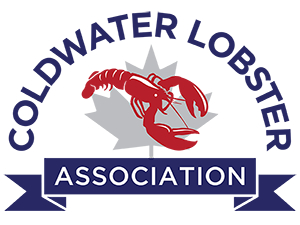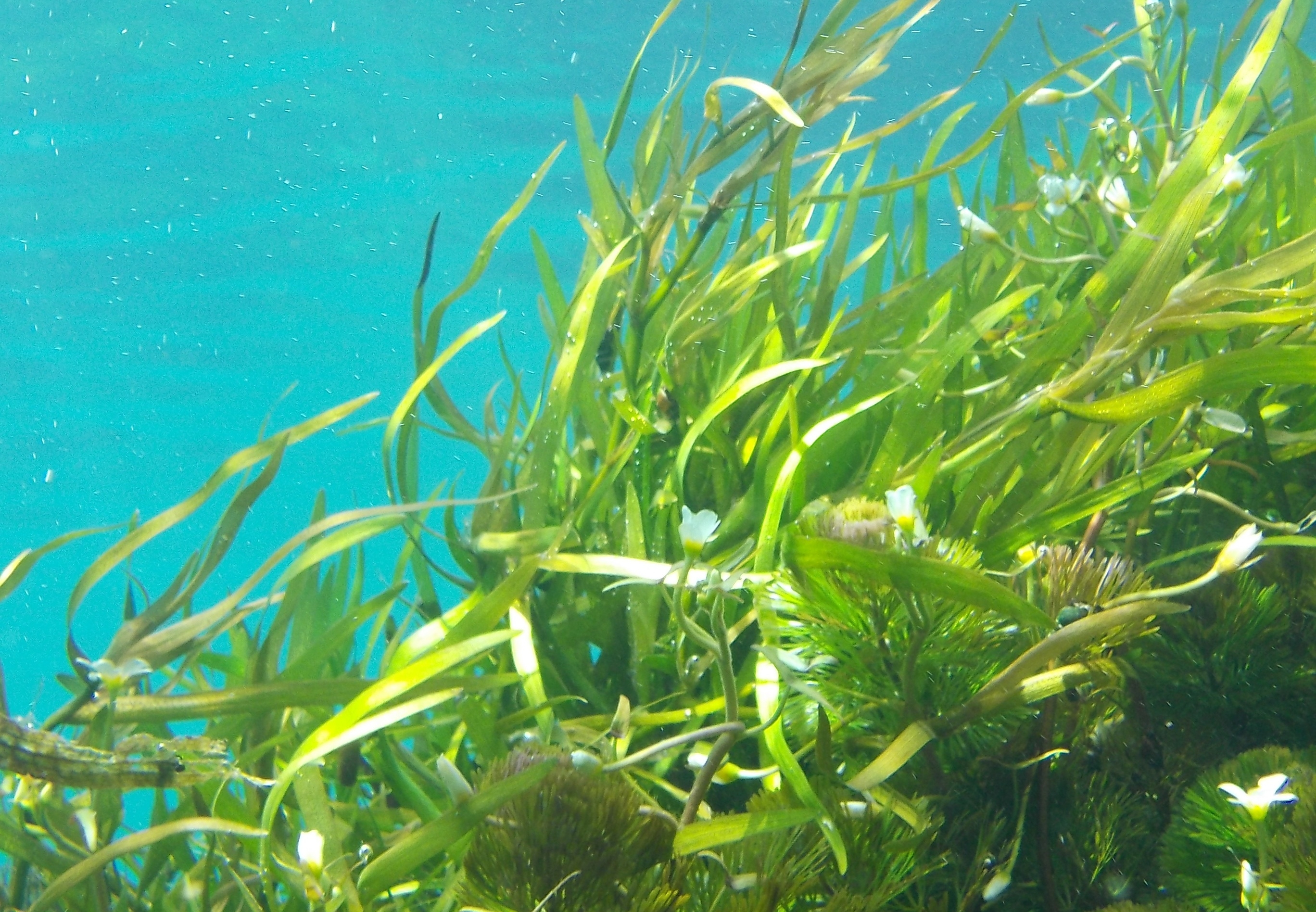Canada is committed to protecting ecological and biophysical sensitive areas in our oceans and Great lakes by restricting certain activities in specific areas referred to as Marine Protected Areas (MPAs). In 2017, DFO presented a proposed draft MPA site map currently under consideration. The identified area of interest (AOI) sites, were officially announced in 2018 which included Eastern Shore Islands, Fundian-Channel Browns Bank, and the Eastern Canyons with Other Effective Conservation Measures (OECM) being considered.
The Canadian government set course to conserve and protect 10% of our waters by the end of 2020 and more recently, the Fisheries and Oceans Minister’s Mandate Letter, referenced an ambitious plan to protect an even larger percentage in the coming years:
“…introduce a new ambitious plan to conserve 25 per cent of Canada’s land and 25 per cent of oceans by 2025, working toward 30 per cent by 2030. This plan should be grounded in science, Indigenous knowledge and local perspectives.”

The implications of MPAs on the lobster fishery in Southwest Nova Scotia has left many fishermen/women concerned that large areas will be permanently closed to fishing activities. While these concerns are valid, it’s equally important to note that each MPA has specific conservation goals and not all MPAs restrict fishing activities.
Coldwater Lobster Association (CLA) has established a MPA sub-committee to ensure that representatives will be in attendance for all future DFO meetings and/or discussions on proposed MPAs, marine refuges or AOI in LFA 34 waters to ensure that the voices of fishermen are included in the decision-making conversations and consultations. The sub-committee will also assess whether the proposed MPAs have been considered from both an integrated coastal management and socio-economic approach.
CLA watched in dismay in September 2019 as Bill C-55 , a Bill which proposed several key amendments to the Oceans Act (including MPAs) and the Canadian Petroleum Resources Act received Royal Assent and became law. Bill C-55 assigns absolute power to the Fisheries Minister to “designate marine protected areas by order and prohibit certain activities in those areas”
(www.openparliament.ca Bill C-55).
LATEST NEWS
Canada has exceeded it’s goal of protecting 10% of Canadian waters by the end of 2020. This includes 8.9% MPAs and 4.9% OECMs (Other Effective Conservation Measures).

MORE INFORMATION
For more information on the network of MPAs and/or AOI within the Scotian Shelf, the guiding principles during the planning process, the regulations enacted to protect these areas, or other pertinent details, please refer to DFO’s website here: Marine Protected Areas Across Canada.




